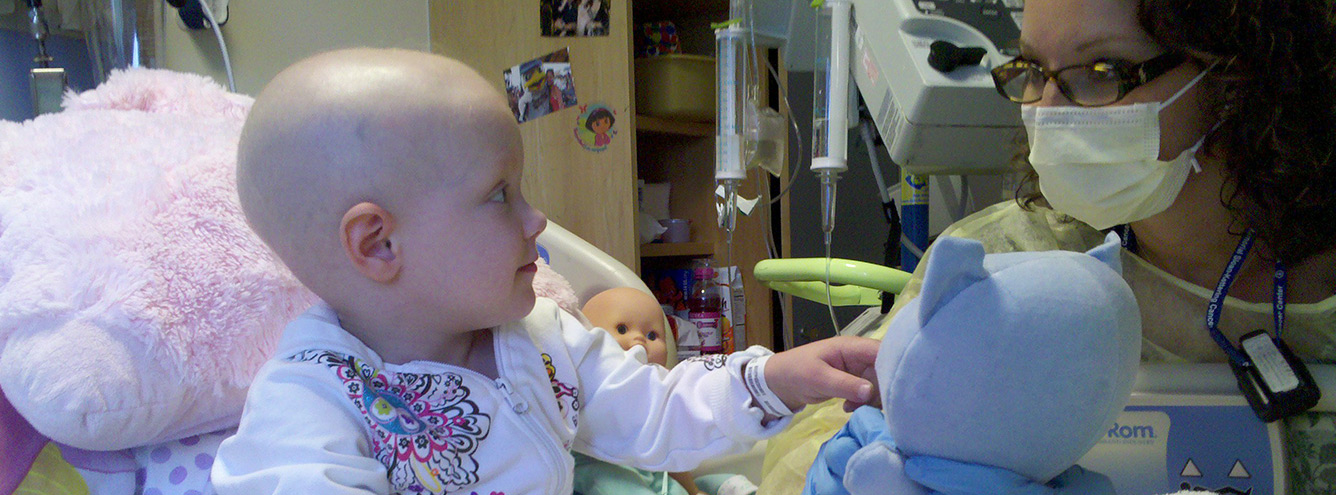When you have concerns about the appearance of your child’s eyes, always make an appointment with your primary doctor or optician for a prompt fundal reflex eye exam. This is commonly known as the “red reflex” exam, though Fundal Reflex correctly describes the exam for all children, as non-white children do not have a “red” eye reflection.
If the doctor or optician can’t see you within a week, ask if your nearest big eye department has a walk-in clinic.
We recommend you visit an emergency department only as a last resort as they are rarely well equipped to examine children’s eyes, and always follow up with your primary doctor or optician.
Primary Doctor / Optician
When you approach your primary doctor or optician with concerns about your child’s eye, they will do a Fundal Reflex (Red Reflex) Test in a darkened room. They will use an ophthalmoscope to look at the back of each eye. This simply involves shining a special handheld instrument that looks a little like a torch into the eye. They may use dilating eye drops to make the pupil bigger so they can clearly see the back of the eyes.
If your primary doctor or optician is concerned about your child’s eyes, they will refer you to an ophthalmologist (eye doctor). Sometimes your child will be referred to a paediatric ophthalmologist (a children’s eye doctor). Your child should be seen by the specialist within three days of the referral, and not later than one week.
Ophthalmologist
The ophthalmologist will use dilating eye drops to make the pupil bigger so they can have a good look at the back of the eyes. The doctor may also do a vision test and ultrasound, and measure pressure In both eyes.
If the doctor is concerned about the initial test results, or is not able to see the back of the eye clearly, an examination under anaesthetic (EUA) will be planned. As your child will need a general anaesthetic, the EUA will usually be done on a different day, but your child will not usually be admitted to hospital overnight.
The ophthalmologist will explain the test results to you. If all the tests are normal, your child will be discharged from their care. If your child does have an eye condition, the doctor will explain the diagnosis and treatment options.
If your child has retinoblastoma, you will usually be urgently referred to a specialist centre for further tests and treatment. Your child should be seen by a retinoblastoma specialist within one week. If you are not given a referral, ask where retinoblastoma is treated in your country, visit the One Retinoblastoma World Map, or contact us for advice.
Watch a Fundal Reflex Eye Exam
In this video, orthoptist Sandra Staffieri demonstrates how to gain a very young child’s attention, and help calm them with a focusing toy, while performing a fundal reflex exam.
Developed and narrated by ophthalmologist Dr Andrew Blaikie, this OSCE guide demonstrates how to assess Fundal Reflex in children using the ArcLightScope, an affordable ophthalmoscope available worldwide. With examples of abnormal reflex, and discussion of possible causes. Geeky Medics also provide a free accompanying in-depth guide for physicians.
When There Is No Ophthalmoscope
For optimal examination of children’s eyes, the Fundal Reflex Test will be performed with an ophthalmoscope. However, many primary healthcare workers in resource limited settings around the world do not have access to an ophthalmoscope.
The health worker can view the child’s eye along the path of light from a torch held close to the viewer’s eye, to observe the presence or absence of red reflex. Ophthalmoscope examination is superior as it directs the sight line, and incorporates optical technology that enables the user to view the eye in more detail.
Test #4 in the following video demonstrates the fundal reflex test using a torch.


